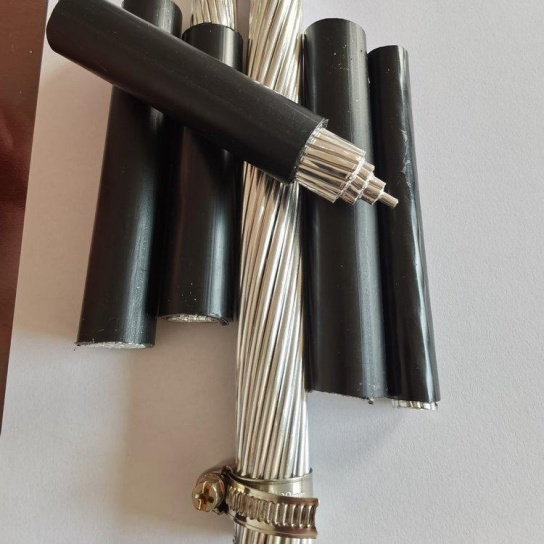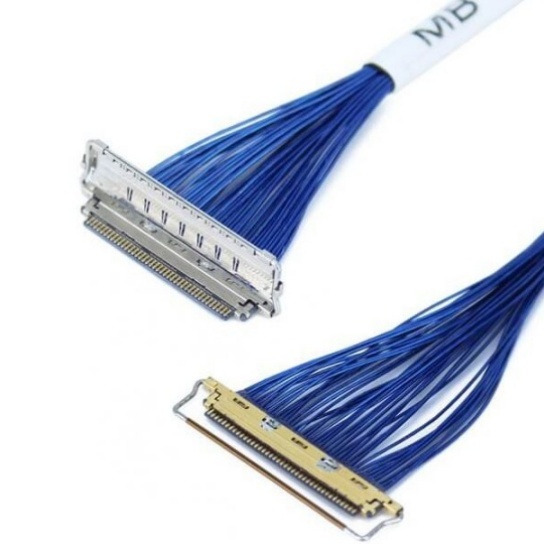How to Solve the Raw Material Shortage in the Aviation Cable Industry
The soaring demand for air travel and next-generation aircraft is fantastic news for the aviation sector. However, this growth is hitting a critical bottleneck: a severe shortage of the high-performance raw materials essential for manufacturing aviation cables. Copper, specialized thermoplastics, high-grade alloys, and critical insulating materials are becoming harder to source reliably and affordably. This shortage threatens production schedules, increases costs, and ultimately impacts aircraft manufacturing and maintenance timelines.
If your business relies on aviation cables, this isn’t just background noise – it’s a pressing operational challenge. The good news? Proactive strategies exist to navigate this complex landscape. Here’s how the industry is responding and what you can do:
1. Diversify & Deepen Supplier Relationships: Don’t Put All Your Eggs in One Basket
- Go Global (Strategically): Look beyond traditional suppliers. Explore emerging markets with strong mining or chemical production capabilities, but conduct rigorous due diligence on quality, ethics, and logistics.
- Develop Strategic Partnerships: Move beyond transactional relationships. Work closely with key suppliers on long-term contracts that offer stability for both parties. Share forecasts (where possible) to help them plan.
- Qualify Multiple Sources: For critical materials, have multiple qualified suppliers. This reduces risk if one supplier faces disruptions. Invest in the qualification process upfront.
- Consider Smaller/Niche Suppliers: Sometimes smaller, specialized suppliers offer unique materials or more flexible arrangements than industry giants.
2. Embrace Material Innovation & Substitution (Where Possible & Certified)
- Collaborate with Material Scientists: Work with cable manufacturers and material science companies to explore alternative materials that meet stringent aviation performance and safety standards (like FAA, EASA).
- High-Performance Alternatives: Investigate aerospace-grade thermoplastics with better availability, or aluminum alloys for specific applications where weight and conductivity requirements allow (though copper often remains essential for core conductivity).
- Optimize Designs: Can cable designs be refined to use less critical material without compromising performance? “Lightweighting” cables is a growing trend.
- Crucial Note: Any substitution must undergo rigorous testing and certification processes mandated by aviation authorities. Never compromise on safety.
3. Invest in Recycling & Circular Economy Principles
- Copper Reclamation: Copper is highly recyclable without losing its properties. Implement robust programs to reclaim copper scrap from manufacturing processes (cable trimming, rejects) and end-of-life aircraft components.
- Partner with Recyclers: Develop relationships with specialized recyclers who can process complex aviation-grade materials to the required purity levels.
- Design for Disassembly: Consider how future aircraft cables can be more easily disassembled and materials recovered efficiently. This is a longer-term strategy but vital for sustainability and resource security.
4. Enhance Supply Chain Visibility & Agility
- Leverage Technology: Implement supply chain management software (SCM) and track-and-trace technologies. Real-time visibility into material flows helps anticipate shortages and react faster.
- Demand Forecasting: Improve internal forecasting accuracy and share relevant projections with key suppliers (under NDA if needed). Better forecasts help suppliers plan production.
- Buffer Stock (Strategically): While holding excess inventory is costly, strategic safety stock for the most critical, hardest-to-source materials can prevent production stoppages. Analyze the cost vs. risk carefully.
- Agile Manufacturing: Develop more flexible production processes that can adapt quickly if material substitutions are approved or sourcing changes.
5. Vertical Integration (For Larger Players)
- Upstream Investment: Some major aerospace manufacturers or large cable suppliers are exploring investing directly in raw material production or processing facilities (e.g., copper refining, specialized polymer production) to gain greater control. This is a significant, long-term commitment.
6. Industry Collaboration & Advocacy
- Consortiums: Join or form industry groups to collectively address material shortages. A united voice has more power to engage with miners, chemical producers, and governments.
- Lobbying: Advocate for policies that support domestic mining (where feasible and environmentally responsible) or streamline permitting for critical mineral extraction.
- Knowledge Sharing: Collaborate (within competitive boundaries) on pre-competitive challenges like recycling technologies or material testing standards.
What You Can Do Right Now:
- Audit Your Supply Chain: Map your material sources. Identify single points of failure and critical vulnerabilities.
- Talk to Your Cable Suppliers: Engage in open dialogue. Understand their challenges and mitigation strategies. Explore collaborative solutions.
- Review Designs: Consult with engineers on potential material optimization or certified alternative materials for future projects.
- Implement Scrap Programs: Ensure all manufacturing scrap (especially copper) is captured and sent for high-quality recycling.
- Explore Inventory Options: Analyze the feasibility of strategic safety stock for your most critical items.
Conclusion: Proactivity is Key
The aviation cable raw material shortage is a complex, multi-faceted challenge with no single magic bullet. Solving it requires a combination of strategic sourcing, technological innovation, embracing circular economy principles, enhanced supply chain management, and industry-wide collaboration.
By diversifying suppliers, exploring certified alternatives, investing in recycling, gaining better supply chain visibility, and working together, the aviation cable industry can build greater resilience. The path forward demands proactive investment and a willingness to adapt. Companies that implement these strategies now will be best positioned to navigate the turbulence and keep the vital flow of aviation cables – and aircraft – moving.
Focus Keywords: aviation cable shortage, raw material shortage, aerospace cable materials, copper shortage aviation, solve cable material shortage, aviation supply chain solutions, aerospace cable alternatives, cable recycling aviation, aviation cable suppliers, diversify suppliers aerospace.






